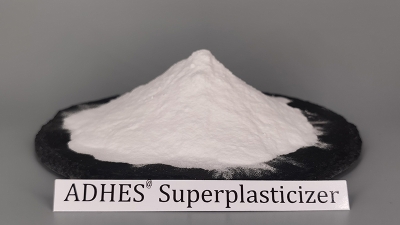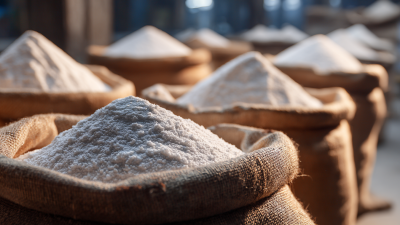Understanding the Functionality of Polycarboxylate Superplasticizer in Modern Construction
Table of Contents
- The Role of Polycarboxylate Superplasticizers in Enhancing Concrete Workability
- Key Mechanisms Behind Polycarboxylate Superplasticizer Action in Cement Mixtures
- Impact of Polycarboxylate Superplasticizers on Concrete Strength and Durability
- Comparative Analysis: Polycarboxylate vs Traditional Superplasticizers in Construction
- Industry Statistics on Cost Savings from Using Polycarboxylate Superplasticizers in Large-scale Projects
- Future Trends: Innovations in Polycarboxylate Superplasticizer Technology for Sustainable Construction
- Unlocking Enhanced Construction Quality: The Role of Polycarboxylate Superplasticizers in Cementitious Mortar
- FAQS
- Related Posts
You know, in today’s constantly changing world of construction, there's never been a more important time for high-performance concrete. I recently came across a report from the Global Construction Chemical Market, and it predicts a big uptick in the use of advanced additives—especially Polycarboxylate Superplasticizers. They’re expected to grow at an impressive rate of over 5% annually through 2027. These superplasticizers are pretty amazing because they boost the workability and durability of concrete, making them a game-changer for all kinds of building projects.
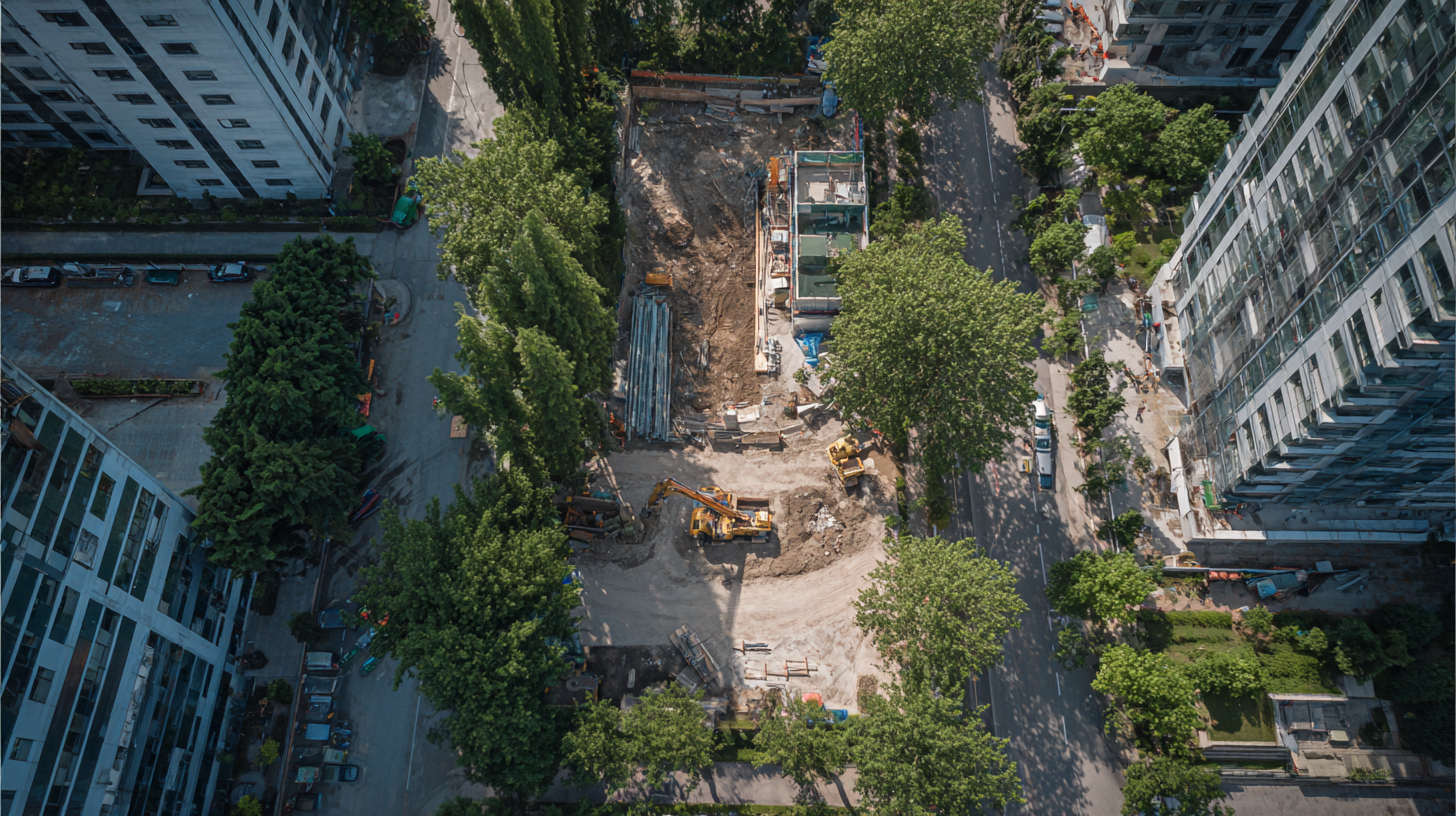
Longou International Business (Shanghai) Co., Ltd. totally gets where the industry is headed and is dedicated to offering innovative construction materials and solutions that cater to customers around the world. By leveraging the unique benefits of Polycarboxylate Superplasticizers, we’re aiming to help the construction industry achieve better results and tackle sustainability challenges along the way.
The Role of Polycarboxylate Superplasticizers in Enhancing Concrete Workability
Polycarboxylate superplasticizers have really changed the game in construction. They've made concrete way more workable, which is a huge deal. These advanced chemical additions are basically designed to make the mix flow smoothly and stay consistent, all without cranking up the water content. They work by tweaking how cement particles behave — which means you can use less water and still get a strong, durable concrete. That’s a win because it not only makes handling and pouring easier, but also results in a finished product that holds up really well over time, even in tough environmental conditions.
So, how do these superplasticizers do their magic? Well, their unique molecular structure helps spread out the cement particles really evenly. They create a kind of repulsive force that keeps the particles from clumping or settling out, giving you a more uniform mix. This is especially handy in more complicated construction projects where getting the concrete just right can be a real headache. Thanks to these superplasticizers, the concrete flows more easily — even when under a lot of stress — making them a must-have for producing high-performance, long-lasting concrete. Plus, as everyone’s looking to build more sustainably these days, these superplasticizers are playing a big role in helping us use resources more efficiently and cheaply. Overall, they’re pretty much essential for modern, eco-friendly construction practices.
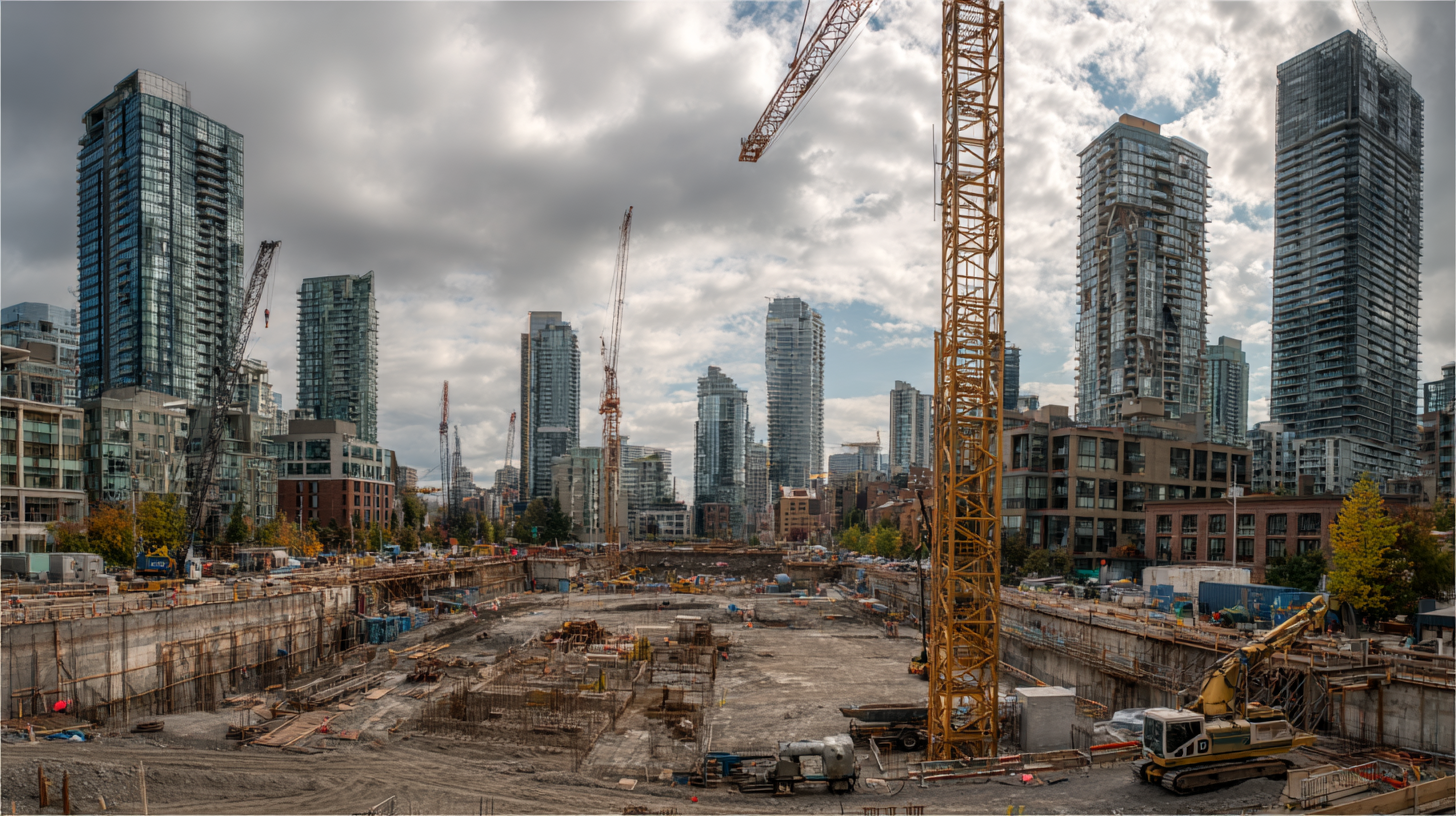
Key Mechanisms Behind Polycarboxylate Superplasticizer Action in Cement Mixtures
Polycarboxylate superplasticizers (PCEs) have really changed the game in modern construction. They make working with cement mixes way easier and boost their overall performance. Basically, what they do is create a sort of repulsion—both steric and electrostatic—that helps disperse cement particles more evenly. This means you can use less water while still keeping the mix fluid and workable. Recent research, like the stuff published in the Advances in Civil Engineering journal, even shows that adding PCEs can amp up the strength of concrete by up to 30%. Pretty impressive, right?
When you're customizing PCEs for specific jobs, it’s important to think about things like their molecular structure and the right amount to use. For example, high-performance PCEs with branched structures are particularly good at dispersing fillers like silica fume and fly ash. I came across a 2022 study that said optimizing silane concentrations really boosts silica fume dispersion, which then translates into stronger concrete overall.
**A little tip:** To get the most out of your PCEs, keep an eye on the temperature and humidity during mixing—these can really play a role in how well everything works. Also, doing some trial runs with different formulations before your main project can save you a lot of headaches and help find what works best for you.
Impact of Polycarboxylate Superplasticizers on Concrete Strength and Durability
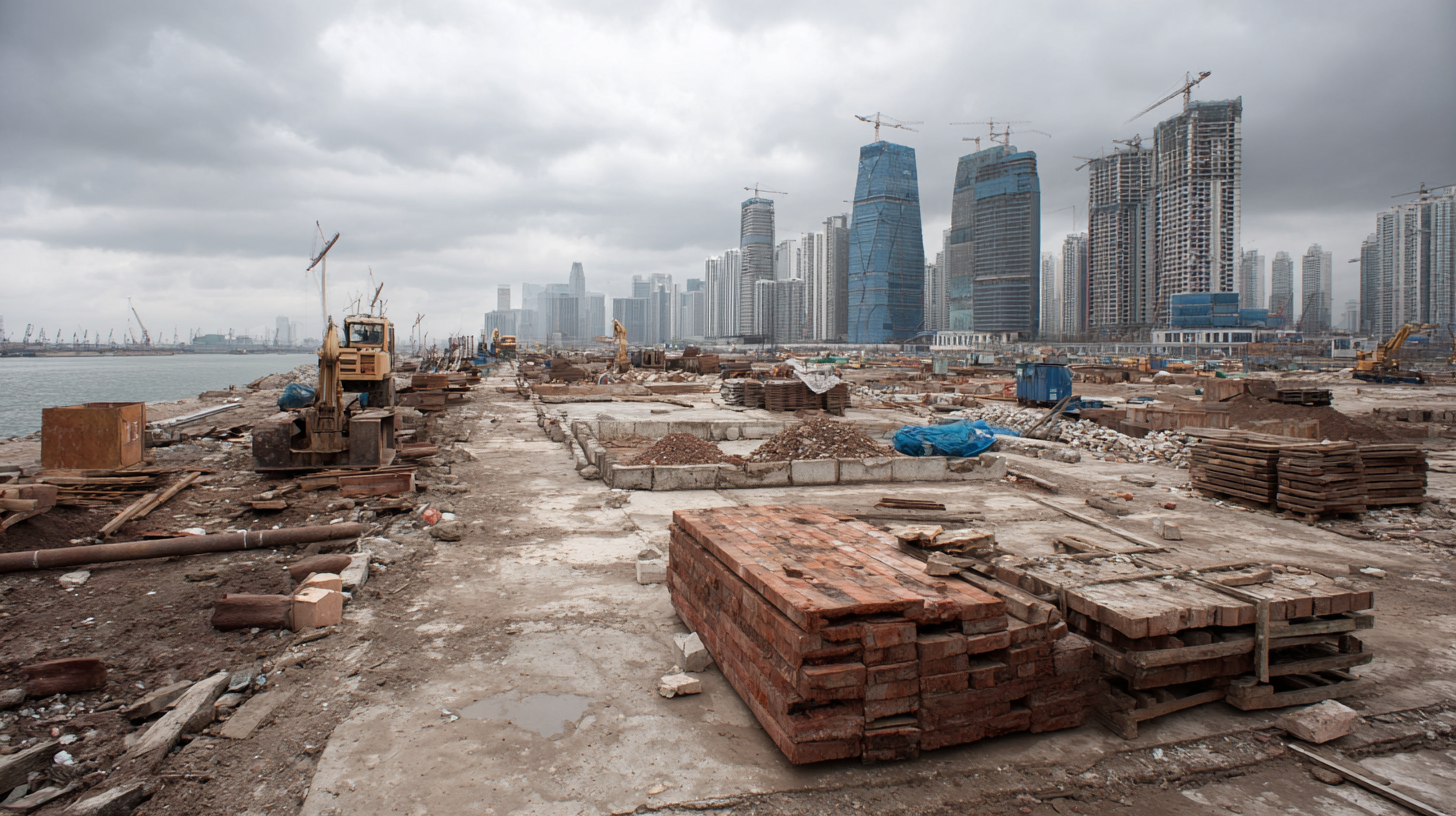 Polycarboxylate superplasticizers, or PCEs for short, have really changed the game when it comes to concrete technology. They've made it possible to boost both the strength and durability of concrete mixes quite a bit. I came across a study by the American Concrete Institute that mentioned how adding PCEs can actually bump up the compressive strength by as much as 30% after 28 days, compared to the old-school plasticizers we used to rely on. Honestly, that’s pretty impressive. The secret sauce is that PCEs help disperse the particles more evenly throughout the mix, which results in a denser, more uniform structure—basically, concrete that’s better at handling loads and tough environmental factors.
Polycarboxylate superplasticizers, or PCEs for short, have really changed the game when it comes to concrete technology. They've made it possible to boost both the strength and durability of concrete mixes quite a bit. I came across a study by the American Concrete Institute that mentioned how adding PCEs can actually bump up the compressive strength by as much as 30% after 28 days, compared to the old-school plasticizers we used to rely on. Honestly, that’s pretty impressive. The secret sauce is that PCEs help disperse the particles more evenly throughout the mix, which results in a denser, more uniform structure—basically, concrete that’s better at handling loads and tough environmental factors.
But it gets better! PCEs aren’t just about immediate strength. They also help extend the lifespan of concrete by reducing micro-cracks and resisting water infiltration. There's a study published in the Journal of Construction and Building Materials that highlights how concrete treated with PCEs absorbs about 40% less water. That’s a big deal because it helps prevent issues like freeze-thaw damage and chemical attacks over time. All this means structures last longer and need less maintenance—making PCEs a key player in more sustainable building practices, you know?
Comparative Analysis: Polycarboxylate vs Traditional Superplasticizers in Construction
In modern construction these days, superplasticizers play a really important role in making concrete perform better. Out of all the types out there, polycarboxylate superplasticizers, or PCEs for short, are really starting to stand out. That's mainly because they work better than the older kinds like sulfonated naphthalene or melamine-based superplasticizers. Their unique molecular structure helps spread out cement particles more effectively, which means the concrete is easier to work with and ends up being stronger. Plus, they can handle different water-to-cement ratios while still staying super fluid, which is pretty cool.
One thing that’s pretty interesting about PCEs is how they interact with materials like sodium alginate. It turns out, adding sodium alginate can actually make PCEs work even better. Researchers are looking into how these interactions and competitive adsorption could help us fine-tune concrete mixes, especially in tricky conditions—like when there's a lot of clay in the mix. Recent studies have shown that when PCEs are modified, they become more tolerant of clay, which helps reduce the problems caused by clay and boosts the overall strength of the concrete. These kinds of advancements give us some exciting prospects for the future of sustainable, high-performance concrete in construction.
Comparative Analysis of Polycarboxylate Superplasticizer and Traditional Superplasticizers in Construction
Industry Statistics on Cost Savings from Using Polycarboxylate Superplasticizers in Large-scale Projects
You know, these days, polycarboxylate superplasticizers are really proving their worth in modern construction projects, especially the big ones where saving costs is a big deal. I read that in 2024, the market for Polycarboxylate Ether Superplasticizers was sitting around a cool $6.31 billion, and experts are expecting it to jump to about $9.65 billion by 2034. Pretty impressive, right? The reason? Well, this stuff helps make concrete way more workable and lets you use less water, which not only saves money but also makes the structures sturdier.
And here’s the kicker—industry numbers show that using these superplasticizers can actually cut costs quite a bit. For example, adding them to the mix means you don’t need as much cement without losing any strength, so your material costs drop. Plus, projects that use these tend to face fewer hiccups and delays because the concrete flows and sets better — makes everyone’s life a lot easier. As the construction world leans into new and smarter materials, polycarboxylate superplasticizers are pretty much a game-changer for delivering top-notch quality and saving some serious cash on big projects.
Future Trends: Innovations in Polycarboxylate Superplasticizer Technology for Sustainable Construction
You know, when we talk about polycarboxylate superplasticizers, it’s pretty exciting how their evolution is really shaping up to make construction more sustainable than ever. As demand for top-notch construction materials keeps growing, these innovative superplasticizers are stepping up—helping to improve concrete’s workability and strength, all while being gentler on the environment. I recently came across some market figures that caught my eye: the market for high-performance concrete additives is projected to jump from about $150 million in 2022 to roughly $230 million by 2030. That’s a solid growth rate of around 6% per year from 2024 onwards. Pretty impressive, right?
This shift is especially relevant since more and more construction companies want to go green. The latest advancements in polycarboxylate superplasticizers don't just make concrete more durable and reliable—they also help meet sustainability goals by cutting down on water and cement usage. As someone involved in the industry, I can say that Longou International Business (Shanghai) Co., Ltd. is really dedicated to developing and supplying some pretty cutting-edge construction chemicals. By staying ahead with polycarboxylate tech, we’re all contributing to a future where construction isn’t just high-performing, but also better for the planet. It’s an exciting time to be in this field!
Unlocking Enhanced Construction Quality: The Role of Polycarboxylate Superplasticizers in Cementitious Mortar
In the quest for enhanced construction quality, polycarboxylate superplasticizers have emerged as a vital component in the formulation of cementitious mortar. Known for their ability to significantly improve workability while reducing the water-to-cement (w/c) ratio, these hydrodynamic surfactants minimize friction between granular elements. By doing so, they enable the production of high-strength concrete with approximately 15% less water, ultimately leading to superior performance characteristics and durability of the finished product.
The PC series of polycarboxylate polymers represents a technological advancement in the use of superplasticizers. With a powerful dispersing effect, these additives facilitate high water reduction, controlled segregation, and reduced bleeding, making them indispensable for manufacturing high-performance concrete. Their effective combination with cement, aggregates, and other admixtures not only enhances the mechanical properties of the concrete but also contributes to significant energy savings and reduced environmental impact during construction.
Industry data emphasizes the growing adoption of polycarboxylate superplasticizers, with studies indicating a 25% improvement in compressive strength and a decrease in permeability, leading to longer-lasting infrastructure. These results underscore the critical role of polycarboxylate superplasticizers in achieving the desired properties in modern cementitious materials, ultimately unlocking enhanced construction quality that meets the demanding standards of today's building projects.
FAQS
: Polycarboxylate superplasticizers (PCE) are modern superplasticizers used in construction that enhance the performance of concrete by improving workability and strength through their unique molecular structure, which allows for better dispersion of cement particles.
Polycarboxylate superplasticizers provide superior functionality compared to traditional superplasticizers like sulfonated naphthalene and melamine-based types. They adapt well to varying water-cement ratios while maintaining high fluidity.
Recent studies show that modified polycarboxylate superplasticizers exhibit enhanced clay tolerance, effectively addressing the negative effects of high clay content, thereby improving the integrity of the concrete mix.
The Polycarboxylate Ether Superplasticizer Market was valued at approximately USD 6.31 billion in 2024 and is projected to grow to USD 9.65 billion by 2034, driven by their economic and structural benefits in construction.
Their use can reduce the amount of cement needed without compromising strength, leading to lower material costs. Additionally, they improve flow and placement properties, resulting in fewer delays in construction projects.
Yes, polycarboxylate superplasticizers can enhance their effectiveness when interacting with materials like sodium alginate, opening new possibilities for optimizing concrete formulations.
The advancements in polycarboxylate superplasticizers signify a promising future for achieving sustainable and high-performance construction solutions, which can lead to more efficient and durable structures.
They are particularly beneficial in large-scale construction projects, where cost efficiency, improved workability, and reduced water content are essential for both economic and structural performance.
Maintaining high fluidity allows for easier workability and placement of concrete, which can significantly enhance construction efficiency and quality.
Ongoing research and studies help uncover new interactions and improvements in polycarboxylate superplasticizers, leading to better performance in various conditions and furthering innovations in concrete technology.
Blog Tags:






